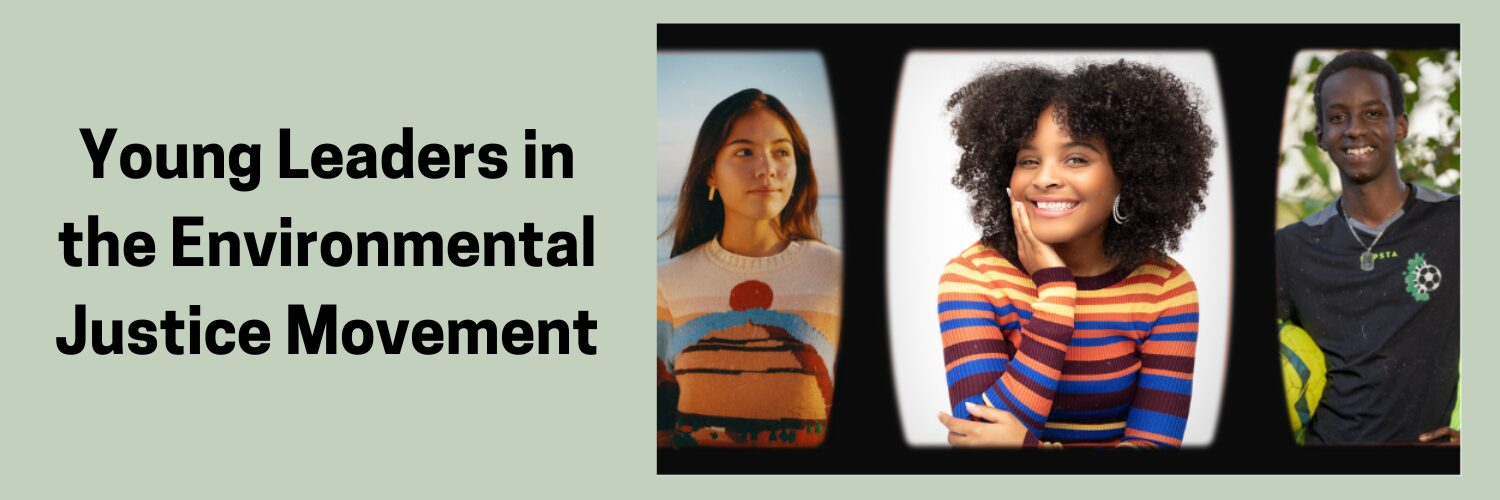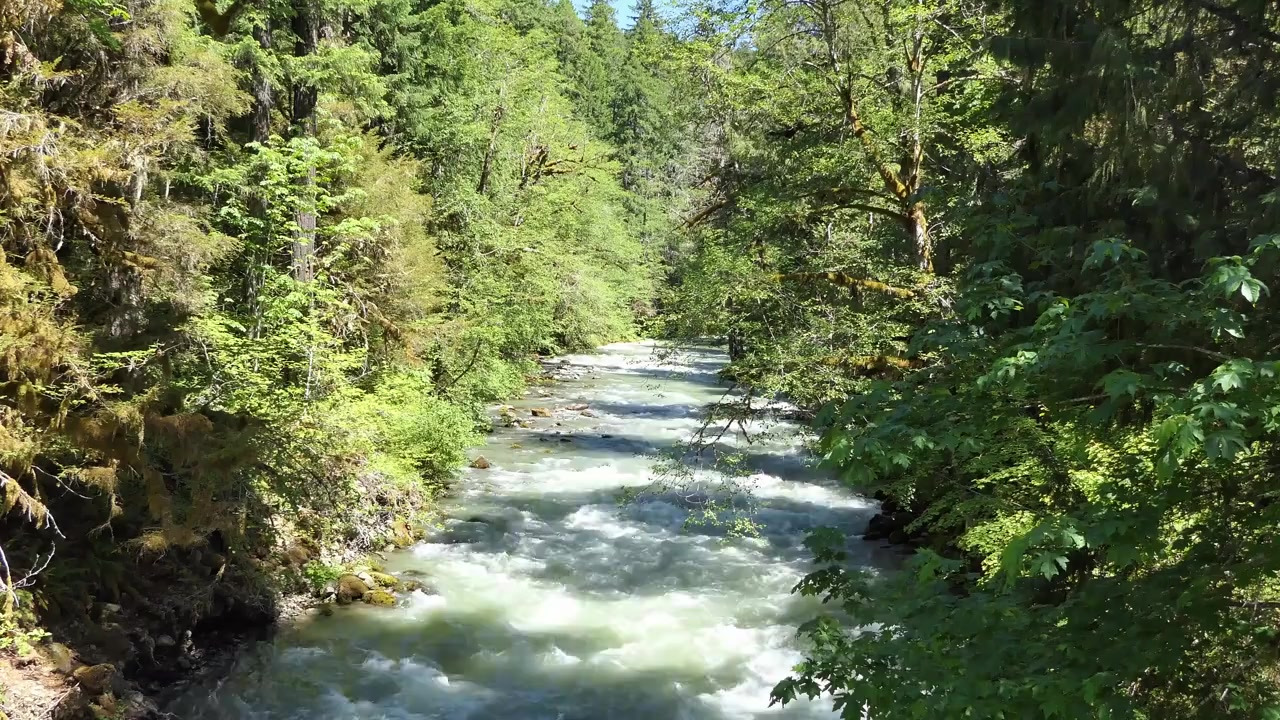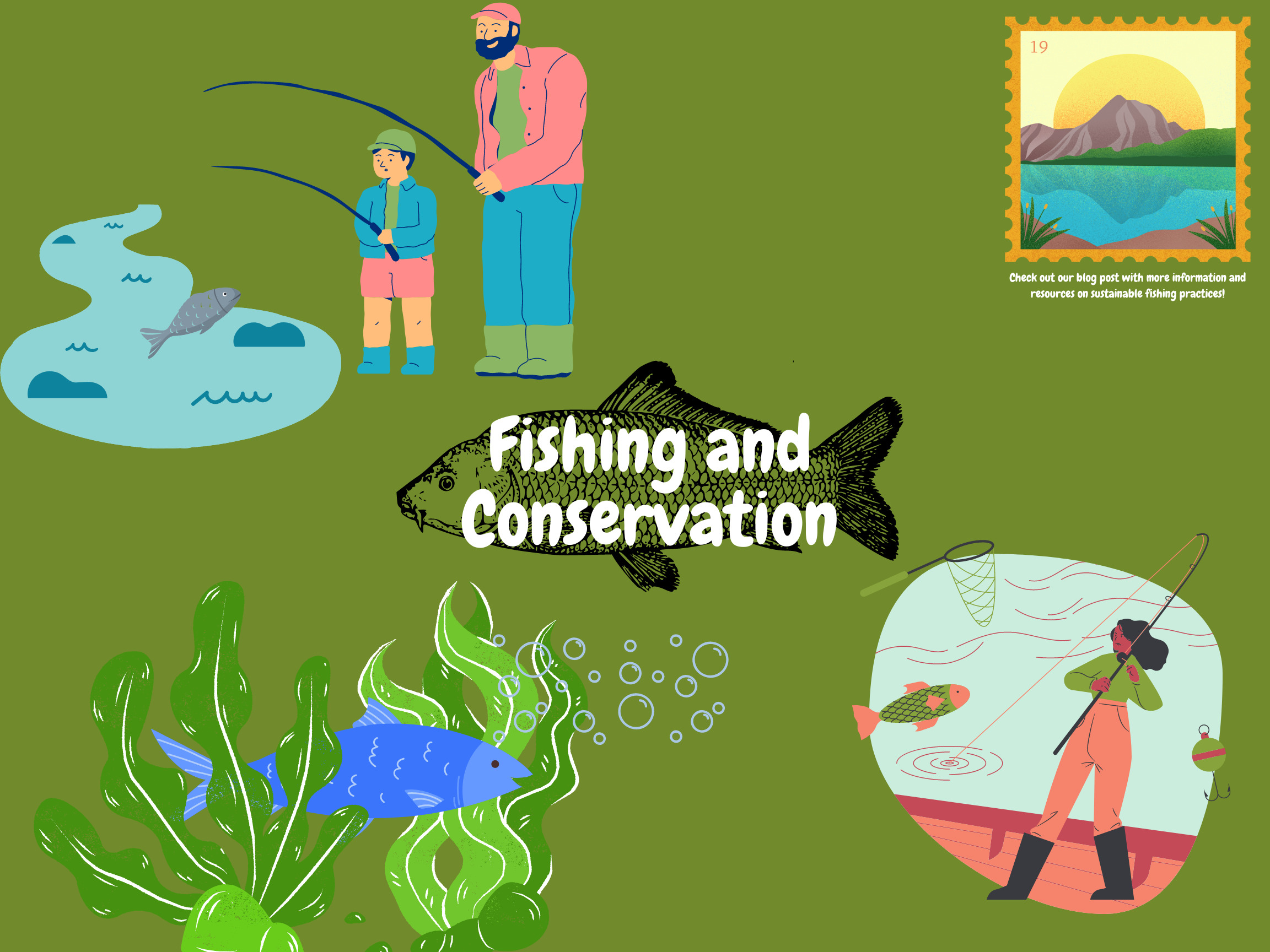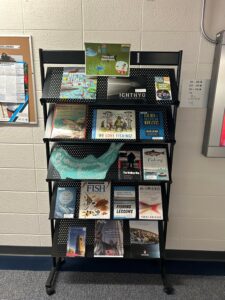By: India-Bleu Niehoff, Water Library Student Assistant
Introduction
The Great Lakes (Huron, Erie, Michigan, Superior, Ontario) are home to an estimated 6,000 to 10,000 shipwrecks, the vast majority of which are yet to be discovered. In fact, the exact number of shipwrecks in the Great Lakes is unknown for this very reason. The ships that have been discovered so far, have largely been found well preserved, providing maritime archaeologists a glimpse not only into the past but into the circumstances of their demise. This high level of preservation is due to the specific water conditions of the Great Lakes. The Great Lakes are cold freshwater lakes, which are the ideal conditions for shipwrecks which largely keeps them from degrading.
Here are five shipwrecks that have recently been found in the Great Lakes.
SS Arlington
The SS Arlington was a World War II steamship that sank in Lake Superior in 1940. It was found in February of 2024, 35 miles north of Michigan’s Keweenaw Peninsula and 650 feet deep. The ship was found in collaboration between Dan Fountain and the Great Lakes Shipwreck Historical Society (GLSHS). Fountain had spent the previous 10 years using remote sensing to search Lake Superior for shipwrecks. The SS Arlington went down on a foggy turned stormy night in late April and early May of 1940. The only casualty was the ship’s captain Frederick “Tatey Bug” Burke, who not only had ordered the ship to leave the Canadian coastline and its protection but never gave evacuation orders and ultimately stayed on the ship through its descent. Reportedly, crew members on the nearby Collingwood witnessed Captain Burke standing near the pilothouse and waving as he met his end.
Read more about the SS Arlington here, as well as see photos and videos from its discovery.
-
- From NBC News, Mystery shipwreck that claimed captain’s life found at bottom of Lake Superior after 84 years.
- From Great Lakes Shipwreck Museum, Discovery of WWII Era Shipwreck SS Arlington in Lake Superior.
SS Pere Marquette 18
The SS Pere Marquette 18 was a steel cross-lake carferry that traveled between Ludington, Michigan and Kewaunee, Manitowoc and Milwaukee. It was only 8 years old when it sank in September of 1910. It was found in 2020, 110 years after it sank, 25 miles off the coast of Sheboygan, Wisconsin and under roughly 500 feet of water. Even with the discovery of the ship it is unknown what caused the ferry to take on water, as the captain and all of the officers were part of the 29 lives lost in the wreck. However, from inventorying the damage visible on the ship, they do know that the ship sank quickly and strongly impacted the floor of the lake.
Learn more about the SS Pere Marquette here.
- From Wisconsin Shipwrecks, Pere Marquette 18
- From MLive, Lost car ferry found 110 years after sinking in Lake Michigan
Atlanta
The Atlanta, a schooner-barge, was found in 2022 roughly 35 miles from Deer Park Michigan, 131 years after she sank along with five of her seven crew members. The Atlanta was being pulled along by its companion steamer in 1891 when both ships were overtaken with strong winds consequently breaking not only the towline, but also the three masts of the Atlanta. While the seven crew members were able to evacuate the boat, the strong winds and tumultuous waters ended up claiming five of the seven members of the crew. Due to the frigid temperatures of Lake Superior, the ship remains in excellent condition, and the ship shows evidence confirming the eyewitness accounts of its sole survivors.
Explore here for images of the shipwreck as well as more information about the Atlanta.
- From the Smithsonian, Well-Preserved, 131-Year-Old Shipwreck Found in Lake Superior.
- From Upper Michigan’s Source, Great Lakes Shipwreck Historical Society discovers 131-year-old wreck beneath Lake Superior
- From Great Lakes Shipwreck Museum, Shipwreck Society Finds Vessel at Bottom of Lake Superior after 130 Years
SS Huronton
The SS Huronton was found almost exactly 100 years after it sank. The 238-foot long freighter was found in Lake Superior after not having been seen since it was hit by the ship Cetus in October of 1923. Both ships were “traveling too fast for the conditions” and collided. While the captain of the Cetus was able to keep his ship moving, essentially plugging the hole in the ship until everyone could get off (including the ship’s bulldog), the entire ship sank in 18 minutes. It had not been seen since, until it was discovered 800 feet below the surface in October of 2023.
Read more about the SS Huronton at these sources.
- From Smithsonian, 100-Year-Old Shipwreck Discovered 800 Feet Below Lake Superior
- From Great Lakes Shipwreck Museum, Shipwreck Society Discovers a World War One Era Steel Bulk Freighter 100 Years after it sinks
- From CBS News, 100 years after its shipwreck, The Huronton located in Lake Superior
Africa
The Africa went down in Lake Huron in October of 1895 after cutting the towline with the schooner she was transporting after an unexpected snowstorm created hostile conditions on the lake. Both Africa and the schooner were desperately attempting to bail water out, before the Africa vanished from sight. While the crew of the schooner were rescued the next day, sadly, the entire crew of Africa perished. The ship was not seen again, until Yvonne Drebert and Zach Melnic, two filmmakers documenting the impact of the invasive quagga mussel, followed a tip about a mound seen on the floor of Lake Huron. And there, 280 feet below the surface off the coast of the Saugeen Peninsula in Ontario Canada, was the Africa, marking 128 years since her demise.
Learn more details about the sinking and discovery of the Africa.
- From Fox Weather, How a 128-year-old Great Lakes shipwreck was found thanks to an invasive animal
- From Smithsonian, Filmmakers Stumble Upon 128-Year-Old Shipwreck in Lake Huron
- From Great Lakes Scuttlebutt, Documentary filmmakers find 1895 steamship wreck in Lake Huron
- From the CBC, A ship that sank on Lake Huron 128 years ago is found nearly intact off Ontario’s Bruce Peninsula
Conclusion
While new shipwrecks are being discovered seemingly constantly, there is an increasing feeling of urgency among marine archaeologists to find these lost ships sooner rather than later. That is due to the rising threat of the invasive species of quagga mussels. This invasive species was first introduced into the Great Lakes in the 1980s and their population has only exploded since. While they do improve the clarity of the water (they are filter feeders) which makes it easier to see the wrecks, the negative impacts far outweigh this benefit. Maritime archaeologists estimate that every shipwreck in the Great Lakes is now covered in these mussels. This is bad for numerous reasons. First, this thick layer of mussels obstructs the view of the boat. Many of the boats discovered are now covered in layer after layer of quagga mussels, consequently blocking the view of important details that can be used for identification or as information as to what happened. Second, the layer after layer of mussels that accumulate, as they often begin to cling onto one another, can become so heavy that the walls and decks of the ships will eventually be crushed. Finally, quagga mussels secrete an acid that can destroy steel and iron, meaning no ship is safe. Quagga mussels pose a very real, very pressing danger that is only escalating. One, that scientists are sadly still searching for an answer for.
Learn more about the invasive quagga mussels here:
- From Wisconsin Sea Grant, Lake Michigan Shipwrecks and Aquatic Invasive Species
- From Detroit Free Press, Historians race to find Great Lakes shipwrecks before quagga mussels destroy them
Interested in learning more about shipwrecks, both those that have been discovered already and those that have yet to be found. Check out your local library and see what books or documentaries that they have. The Wisconsin Water Library has numerous books for all ages that explore the shipwrecks of the Great Lakes.
The Wisconsin Water Library also has the Dive Deep in Great Lakes Shipwrecks Program (for children ages 5 and Older) where kids can learn about the real shipwreck The Silver Lake that went down into Lake Michigan near Sheboygan.
Learn more about the Dive Deep in Great Lakes Shipwrecks Program and how to request it here: https://waterlibrary.aqua.wisc.edu/library-events/
Here is an article written by Wisconsin Sea Grant’s Jenna Mertz interviewing Wisconsin Historical Society Maritime Archaeologist Tamara Thomsen. Thomsen has spent the past two years researching the evolution and decline of double centerboard ships in the Great Lakes. Read it here: https://www.seagrant.wisc.edu/news/a-deep-dive-into-the-double-centerboard-schooner-shipwrecks-of-the-great-lakes/
Here is a short selection of shipwreck books offered at the Wisconsin Water Library:
For adults:
Door Peninsula Shipwrecks by Jon Paul Van Harpen. Images of America. Charleston, South Carolina: Arcadia, 2006.
Great Lakes Shipwrecks and Survivals by William Ratigan. Grand Rapids: Eerdmans, 1977.
Shipwrecks and Lost Treasures: Great Lakes- Legends and Lore, Pirates and more! by Michael Varhola. Guilford, Connecticut: Globe Pequot, 2008.
Shipwreck Hunter: Deep, Dark and Deadly in the Great Lakes by Gerry Volgenau. Ann Arbor, Michigan: Ann Arbor Media Group, 2007.
Wreck of the Carl D.: A True Story of Loss, Survival, and Rescue at Sea by Michael Schumacher. New York: Bloomsbury, 2008.
For kids:
Death’s Door: True Tales of Tragedy, Mystery, and Bravery from the Great Lakes’ Most Dangerous Waters by Barbara M. Joosse. Madison: Wisconsin Historical Society Press, 2023.
The Edmund Fitzgerald: Lost With all Hands by Robert Hertel. Spring Lake, Michigan: River Road Publications, 1999.
The Edmund Fitzgerald: Song of the Bell by Kathy-Jo Wargin. Chelsea, Michigan: Sleeping Bear Press, 2003.
The Gulls of the Edmund Fitzgerald by Tres Seymour. New York: Orchard Books, 1996.
Sunken: Shipwrecks of Lake Superior by Kathy Groth. Duluth: Lake Superior Publishing LLC, 2021.
Uncovering Great Lakes Shipwrecks by Kathryn Wesgate. New York: Enslow Publishing, 2023.
Anyone in Wisconsin can borrow these books. Just email askwater@aqua.wisc.edu








